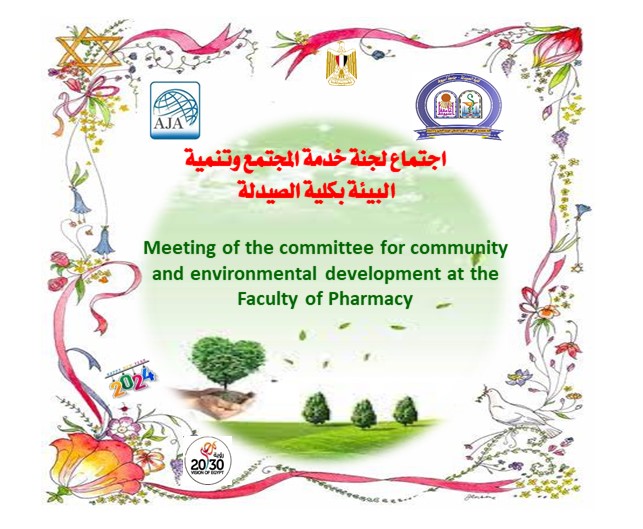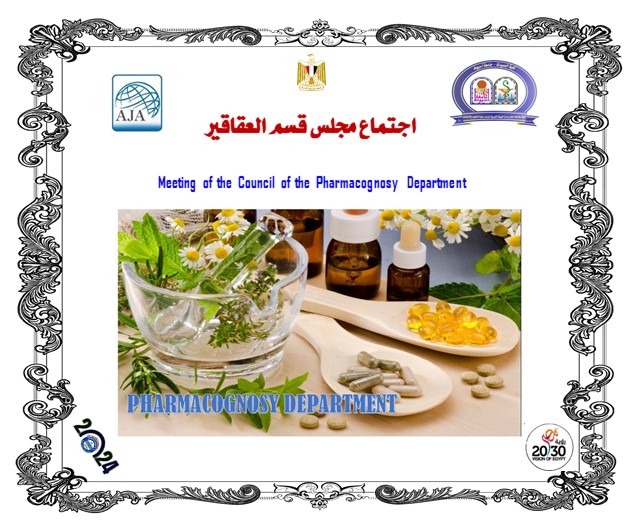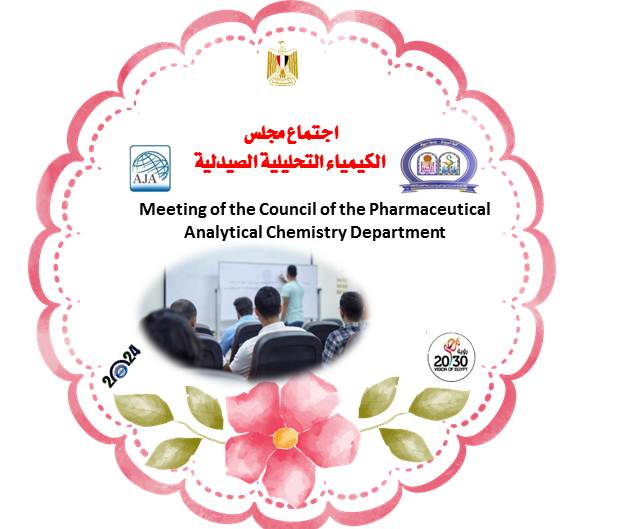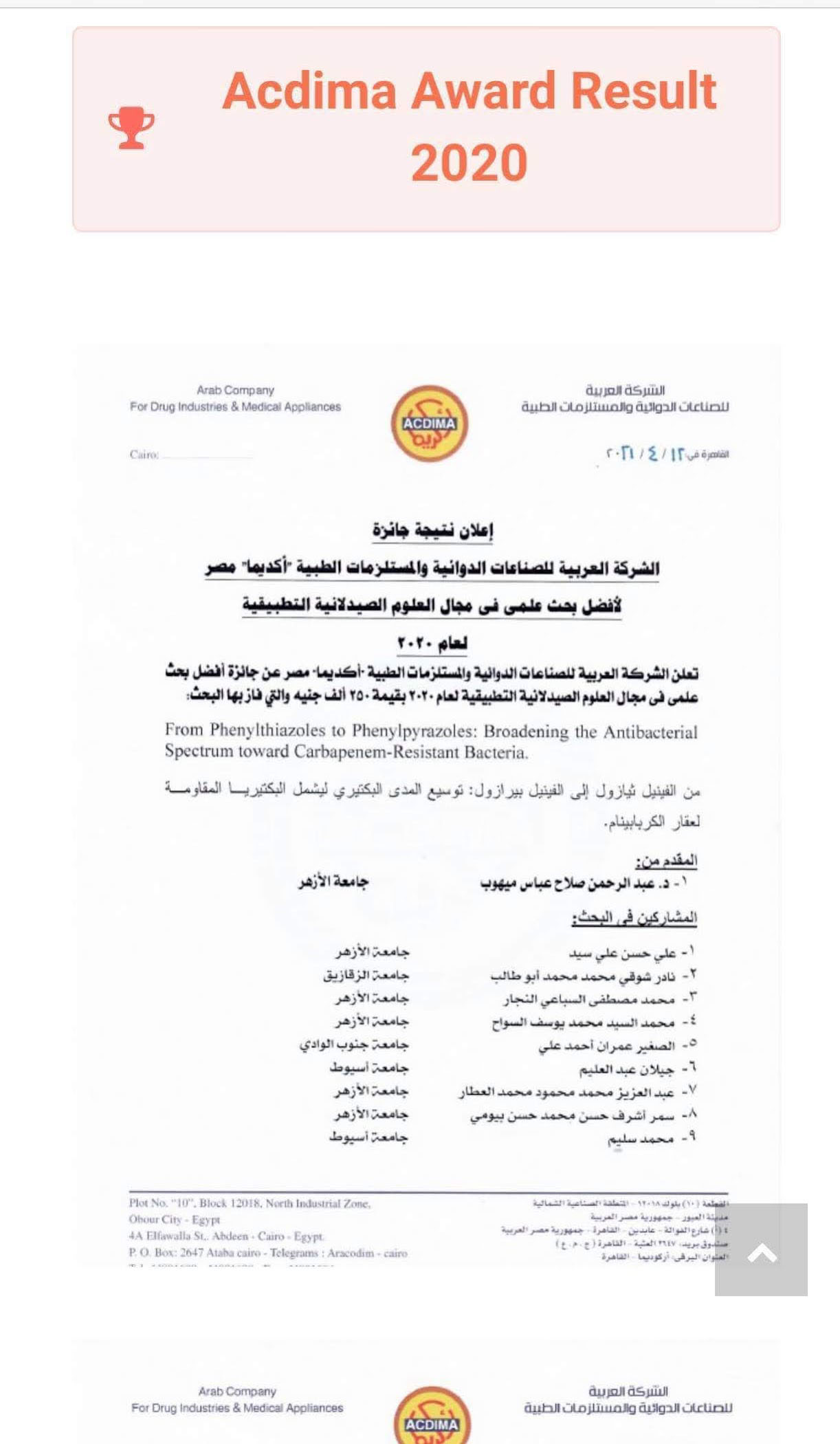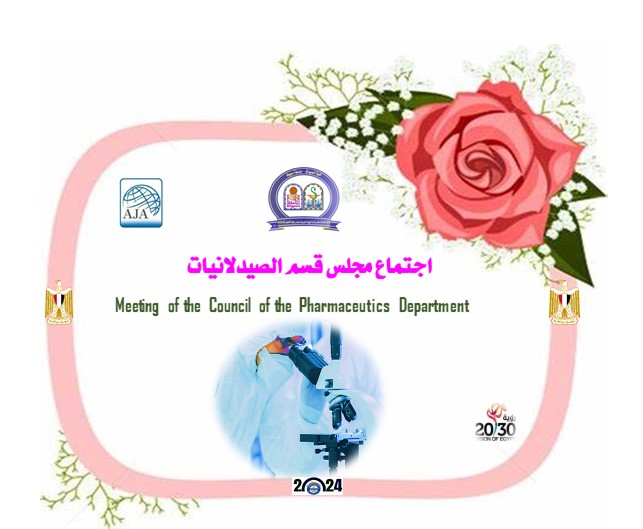Research Abstract
Many dairy products are discarded and useless after end of shelf-life, which causes economic and environmental challenges. The objective of this study was to study the compositional characteristics of some dairy products before and after shelf-life, and develop a process to utilize those dairy products after end of shelf-life in non dairy applications (cosmetic cream and soap). Several dairy products, such as sterilized milk, yogurt, soft cheese, hard cheese, cream, and butter were collected from markets in Egypt before shelf-life and after three months of shelf�life. Electrophoresis analysis was conducted to estimate the changes in the protein fractions of protein products (sterilized milk, yogurt, and cheese) before and after expiration. Also, gas chromatography (GS) was performed to compare the fatty acids of fat products (cream and butter) before and after end of shelf-life. Sterilized milk, yogurt, soft, and hard cheese were turned into powder (Expired dairy products powder; EDPP) to be used as a raw material in manufacturing of cosmetic creams. The fat was separated from cream, butter, and hard cheese (Expired dairy products fat; EDPF) to be utilized in making soap. The formulated cosmetic creams were examined in vitro. Functional properties of cream were determined, such as appearance, spreadability, irritancy, and pH. Additionally, the soap quality was tested after manufacture. We found that dairy products, such as milk, yogurt, and cheese after shelf-life can be utilized as raw materials for the production of cosmetic creams, as well as production of soap from butter and cream. The produced products were similar to those in commercial markets. This study is an endeavor to conquer the dairy industry challenges, which are considered a huge loss from the economic and environmental aspects.
Research Authors
Nermeen N. Nasralla , , Nanis H. Gomah , Morsy M. Aly , Jelan A. Abdel-Aleem , Ahmed R. A. Hammam , Dina M. Osman , Yaser M.A. El-Derwy





